Home>Ideas and Tips>Biophilic Bliss: Nature-Inspired Interior Design
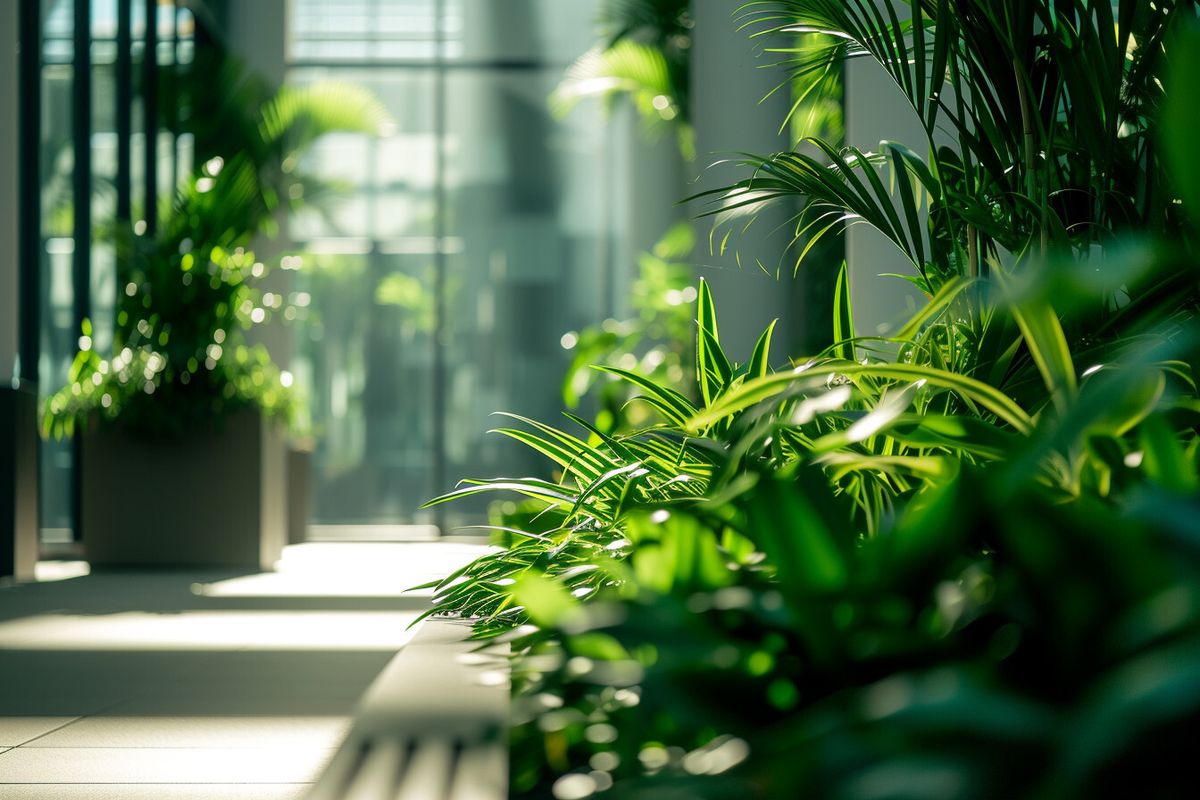

Ideas and Tips
Biophilic Bliss: Nature-Inspired Interior Design
Published: October 23, 2024
Discover the benefits of biophilic design in 2025. Learn how nature-inspired interiors enhance well-being, productivity, and aesthetics.
(Many of the links in this article redirect to a specific reviewed product. Your purchase of these products through affiliate links helps to generate commission for Storables.com, at no extra cost. Learn more)
In the ever-evolving world of interior design, one trend that has been gaining significant momentum is biophilic design. This approach to architecture and interior design seeks to reconnect us with nature, fostering a deeper connection between humans and the natural world. As we step into 2025, biophilic design is poised to revolutionize our living and working spaces, enhancing not only the aesthetics but also our well-being.
What is Biophilic Design?
Biophilic design is rooted in the concept of biophilia, which refers to the inherent human affinity for nature and living organisms. This design philosophy aims to incorporate natural elements, materials, and processes into the built environment. By doing so, it creates spaces that enhance human well-being and productivity by fostering a deeper connection with nature.
The Science Behind Biophilic Interior Design
Historically, humans were deeply connected to nature and natural processes. However, with the advent of large-scale fabrication, technology, industrial production, and modern cities, we have become increasingly removed from these natural systems and processes. Recent studies offer scientific support for the ancient assumption that contact with nature is critical to human functioning, health, and well-being.
Biophilic design promotes health, healing, and recovery. People living close to open spaces report fewer health and social problems, regardless of whether they reside in rural or urban areas, have a certain level of education, or income level. This trend is not limited to residential spaces; offices that feature natural light, natural ventilation, and other environmental features also show improved performance, lower stress levels, and enhanced motivation.
Moreover, biophilic design improves cognitive function. Contact with nature has been linked to improved cognitive function on tasks requiring concentration and memory.
Read more: Nature-Inspired Biophilic Interior Design
Key Biophilic Design Trends for 2025
As we enter 2025, several biophilic design trends are expected to shape our living and working spaces. Here are some of the top trends:
1. Earthy Paint Colors & Nature-Inspired Wallpaper
Say goodbye to sterile white walls and cabinets. Earthy tones such as forest green, ocean blue, and warm terracotta are expected to dominate interiors in the coming years. These colors create a calming atmosphere, connecting us with the serenity of the natural world. Nature-inspired wallpaper and textiles are also excellent ways to incorporate natural motifs and shapes into your design. For example, Rifle Paper Company's Wildwood wallpaper features a deliberately placed pattern of wildflowers and greenery, boasting a detailed natural-floral design inspired by antique botanical drawings.
2. Adding Natural Elements & Textures
Textures inspired by natural elements such as stone, wood, and woven materials will be in high demand this year. Think about plush carpets that mimic the softness of moss or textured wall panels that evoke the feeling of tree bark. These tactile elements provide a sensory experience that enhances the overall biophilic design. Natural materials like wood, stone, wool, leather, or other fabrics can be used in construction or furnishings to promote dynamic diversity found in nature. These elements elicit positive cognitive, psychological, and physiological responses.
3. Simulating Natural Light and Air
One of the defining characteristics of biophilic bliss is sufficient natural light. This can be achieved through large windows, skylights, or even smart glass technologies that mimic natural light patterns. Additionally, incorporating natural ventilation systems can help maintain a healthy indoor environment by circulating air and reducing the need for artificial air conditioning. Simulating natural light and air not only enhances aesthetics but also improves mood and productivity.
4. Naturalistic Shapes and Forms
Incorporating naturalistic shapes and forms into your design can create a harmonious connection with nature. This can be done through furniture pieces that mimic organic shapes or decorative elements like botanical prints. These elements evoke a sense of nature without directly bringing it indoors.
5. Evoking Nature
Biophilic design often involves evoking nature through imagery, colors, and textures. Images of nature such as photographs or paintings can positively benefit health and well-being by providing indirect experiences of nature. Natural colors found in plants, landscapes, soils, rocks, etc., tend to stay more muted and subdued rather than vibrant. These colors create a calming atmosphere that connects us with the serenity of the natural world.
6. Information Richness
Information richness refers to the ability of a space to provide a sense of connection to nature through various elements like plants, water features, or even digital displays showing natural scenes. This element helps bridge the gap between man-made interiors and nature influences.
7. Age, Change & the Patina of Time
The patina of time is another significant element in biophilic design. This involves intentionally choosing quality materials that evoke a sense of passage of time through aging or weathering. This approach creates a meaningful connection with nature by acknowledging its natural progression.
8. Natural Geometries & Biomimicry
Biomimicry involves using nature as inspiration for design solutions. Natural geometries found in nature can be replicated in interior design elements like furniture or architectural features. This approach not only enhances aesthetics but also promotes sustainability by mimicking efficient natural processes.
Benefits of Biophilic Design
Biophilic design offers numerous benefits that extend beyond mere aesthetics. Here are some of the key advantages:
Psychological Health & Well-being
Biophilic spaces are havens for emotional restoration. They lower anxiety, anger, frustration, and confusion by providing a sense of calm and tranquility. The presence of biophilic elements derived from the natural environment contributes to our psychological health and well-being by fostering adaptability, alertness, attention, concentration, and emotion and mood.
Improved Cognitive Function
Contact with nature has been linked to improved cognitive function on tasks requiring concentration and memory. Biophilic spaces enhance cognitive abilities by providing a stimulating yet calming environment.
Enhanced Productivity
Offices that feature natural light, natural ventilation, and other environmental features show improved performance and lower stress levels. This leads to enhanced motivation and productivity among employees.
Incorporating Biophilic Design Elements
Incorporating biophilic design elements into your home or workspace is easier than you think. Here are some practical tips:
Direct Experiences of Nature
Direct experiences of nature involve bringing elements of the natural environment directly into your space. This can include plants, water features, or even outdoor spaces integrated into indoor areas. For example, a living wall or a small pond can bring the outdoors in while maintaining a sense of separation between indoors and outdoors.
Indirect Experiences of Nature
Indirect experiences of nature provide opportunities for imagery, natural materials, colors, and other elements that mimic or evoke nature. This can include photographs, paintings, sculptures, or digital versions of natural scenes. Natural materials like wood, stone, wool, leather, or other fabrics can be used in construction or furnishings to promote dynamic diversity found in nature.
Experience of Space & Place
The experience of space and place involves creating a sense of connection to the environment through various design elements. This includes prospect (the ability to see into the distance) and refuge (the ability to retreat from the environment). Organized complexity refers to the integration of parts to wholes, creating a harmonious balance between different design elements. Transitional spaces like corridors or hallways should be designed to guide users smoothly through the space while maintaining a sense of connection to nature.
Case Studies & Examples
To illustrate the effectiveness of biophilic design, let's look at some case studies and examples:
Modern Hospitality Spaces
In modern hospitality spaces like hotels or resorts, biophilic design is used to create a welcoming atmosphere that connects guests with nature. This can be achieved through large windows offering views of natural landscapes, natural materials used in furniture and decor, and even indoor gardens or green walls.
Residential Spaces
Residential spaces can also benefit from biophilic design. For instance, a living room with large windows allowing natural light to flood the space while incorporating natural elements like plants or a stone fireplace can create a cozy and calming environment. The use of earthy tones on walls and furniture can further enhance this connection with nature.
Office Spaces
Office spaces are another area where biophilic design can significantly impact productivity and employee well-being. Incorporating natural elements like plants, using natural materials for furniture, and ensuring sufficient natural light can create a healthier work environment. For example, an office with large windows offering views of a park or garden can boost employee morale and productivity.
Conclusion
Biophilic design is more than just a trend; it's a movement towards creating interiors that nurture, inspire, and connect us with the world around us. By incorporating natural elements, materials, and processes into our living and working spaces, we can enhance our well-being, improve cognitive function, and boost productivity. As we step into 2025, embracing these biophilic trends is essential for transforming our interiors into havens of tranquility and inspiration.
Whether you're looking to revamp your home or office space, the principles of biophilic design offer a holistic approach to interior design that not only enhances aesthetics but also contributes to our overall health and well-being. So why not start your journey towards biophilic bliss today?
Was this page helpful?
At Storables.com, we guarantee accurate and reliable information. Our content, validated by Expert Board Contributors, is crafted following stringent Editorial Policies. We're committed to providing you with well-researched, expert-backed insights for all your informational needs.
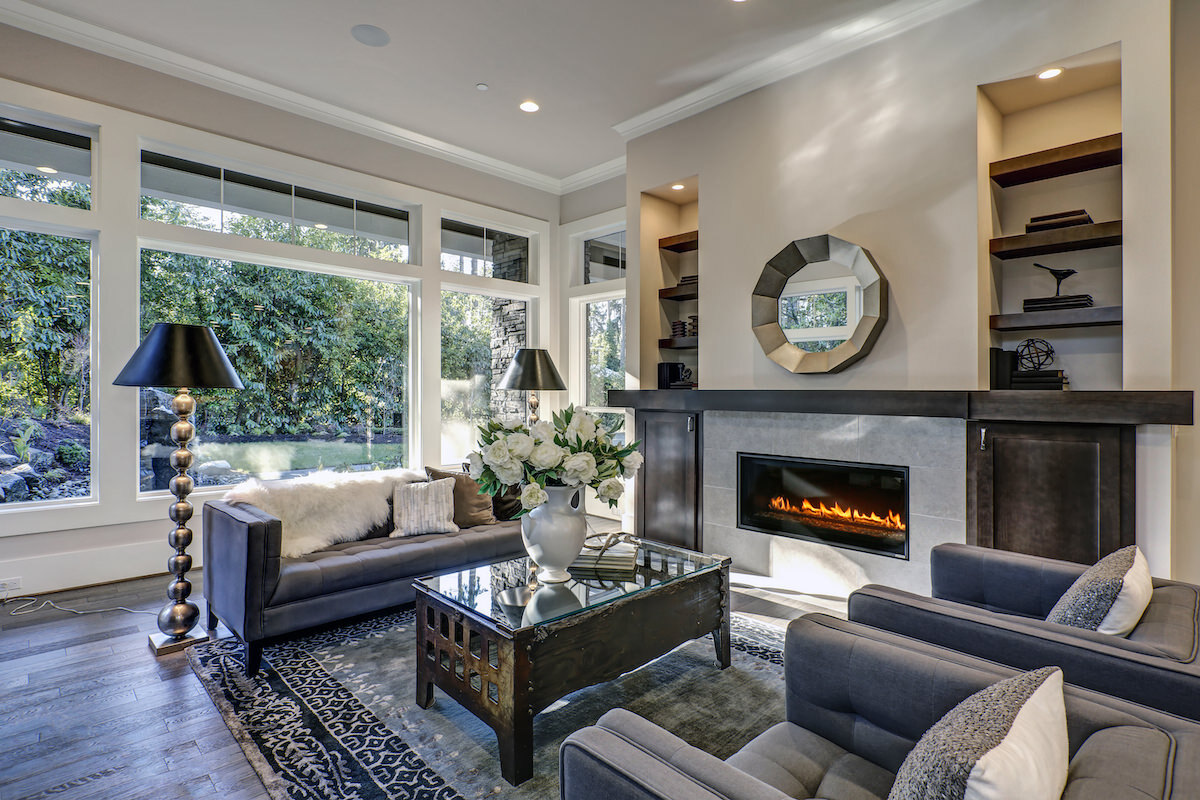
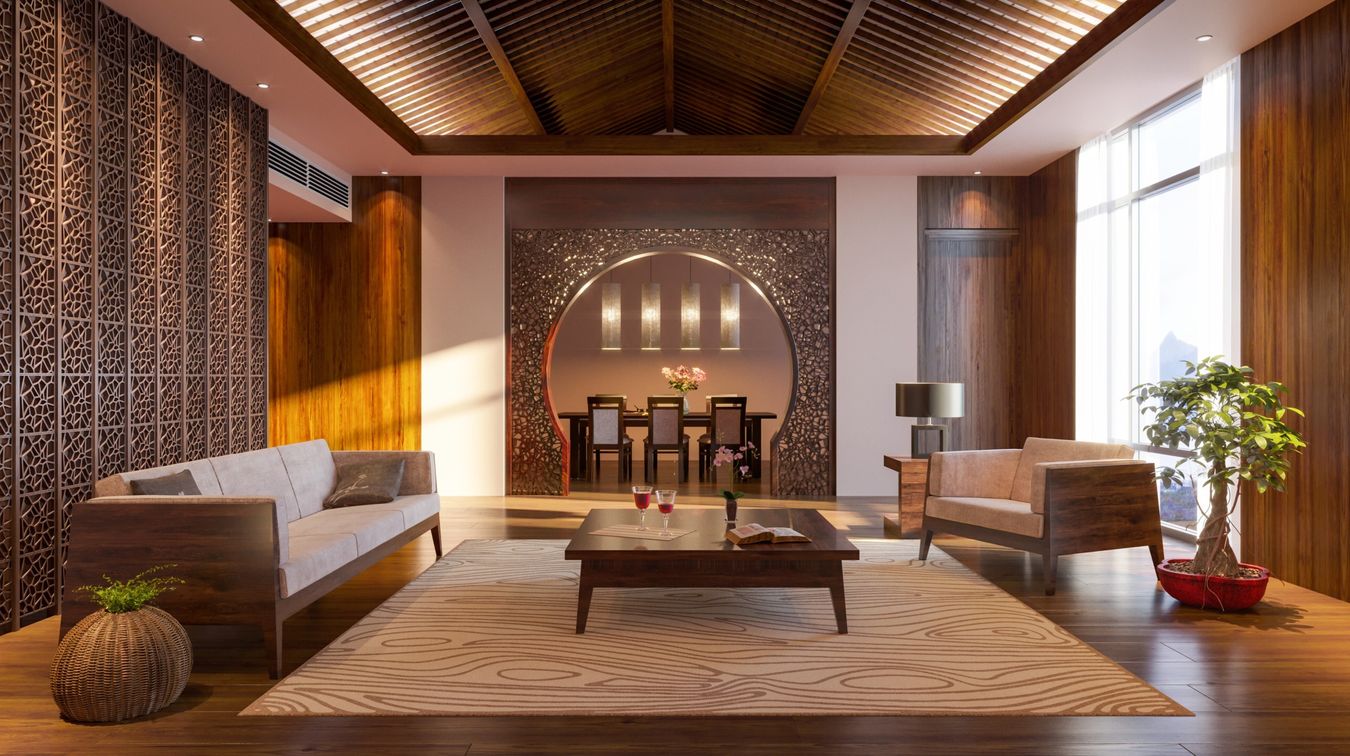
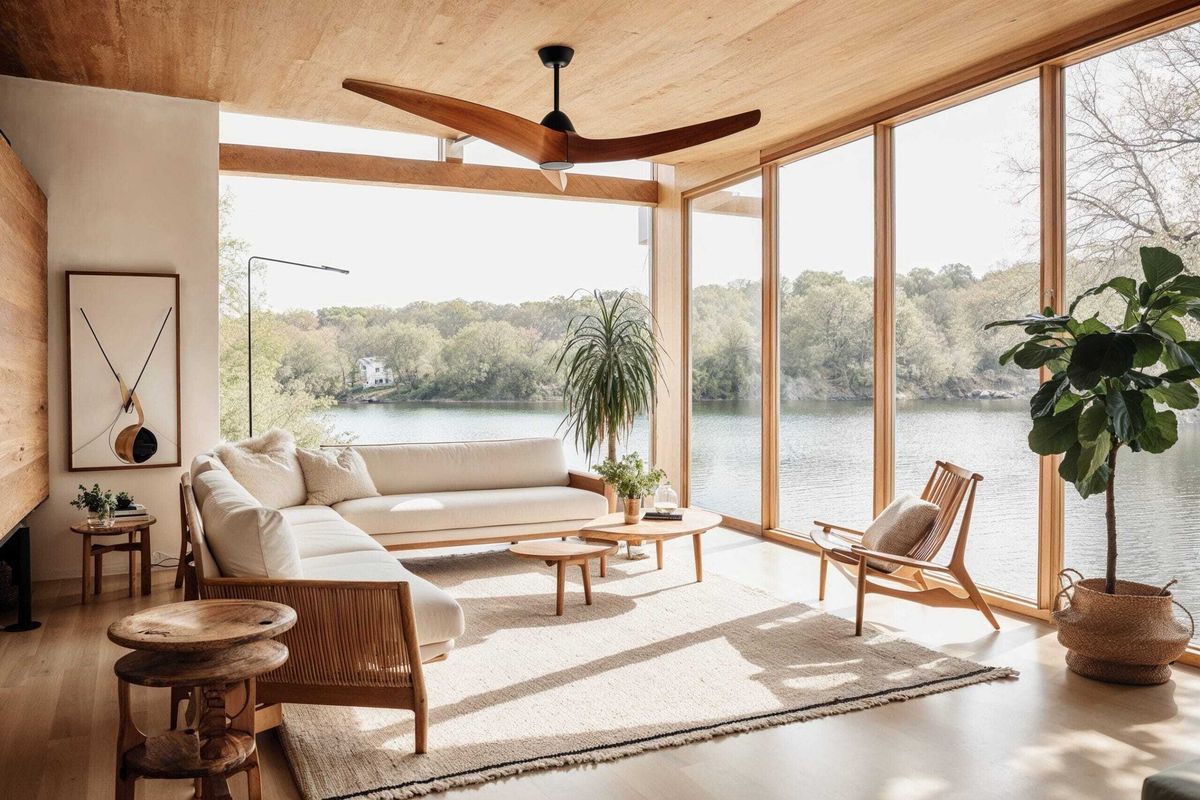
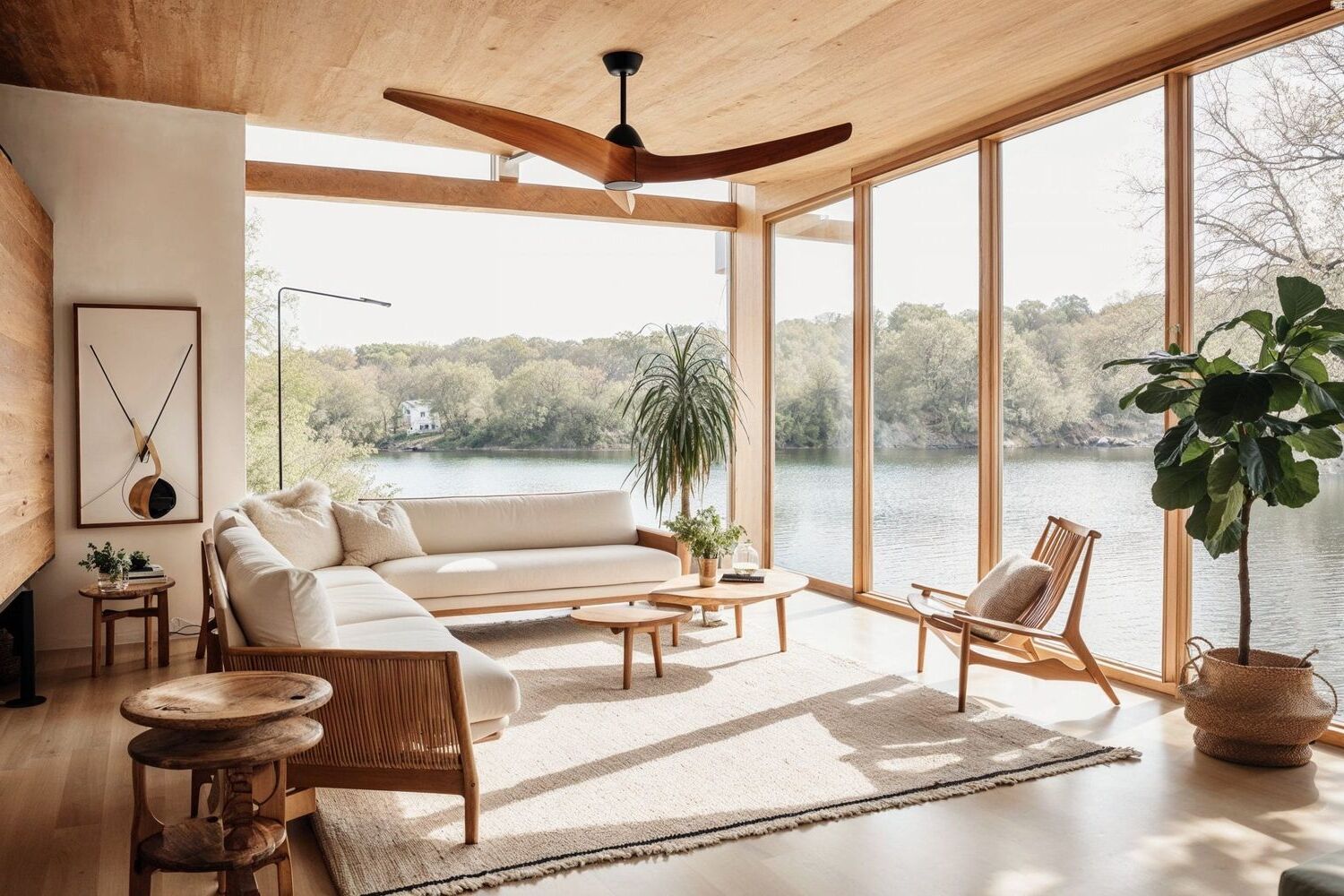
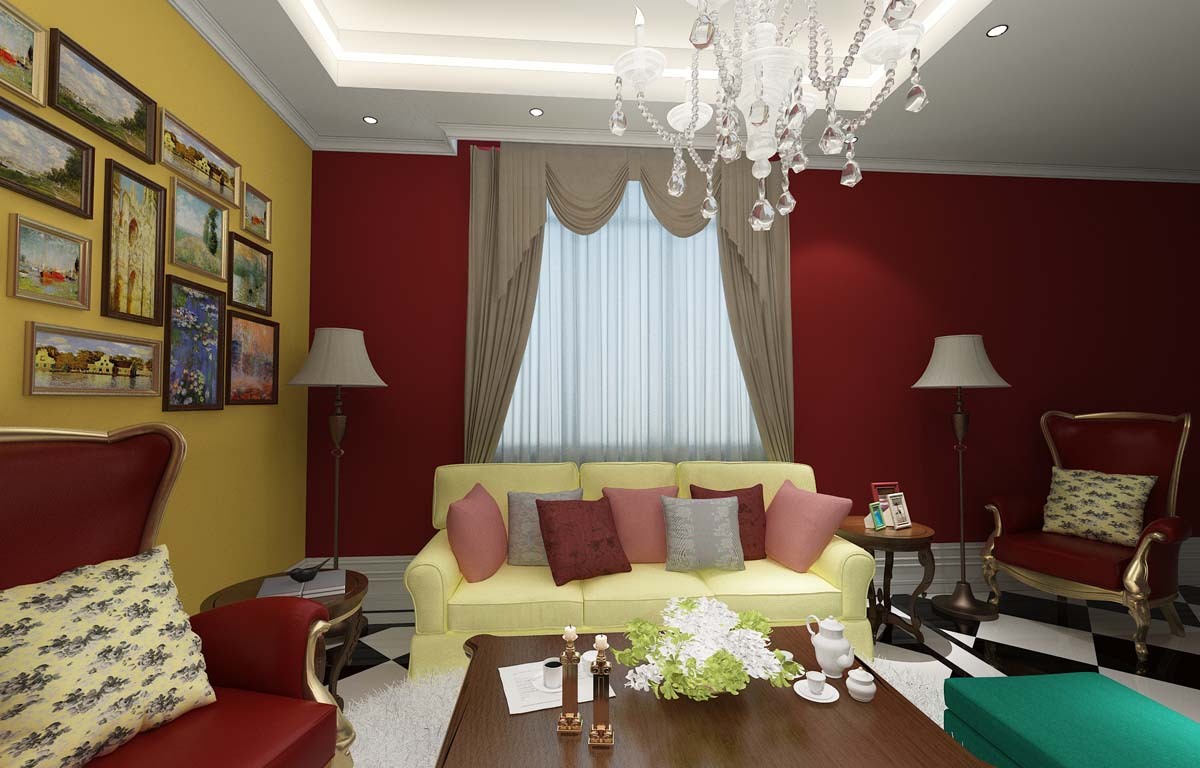
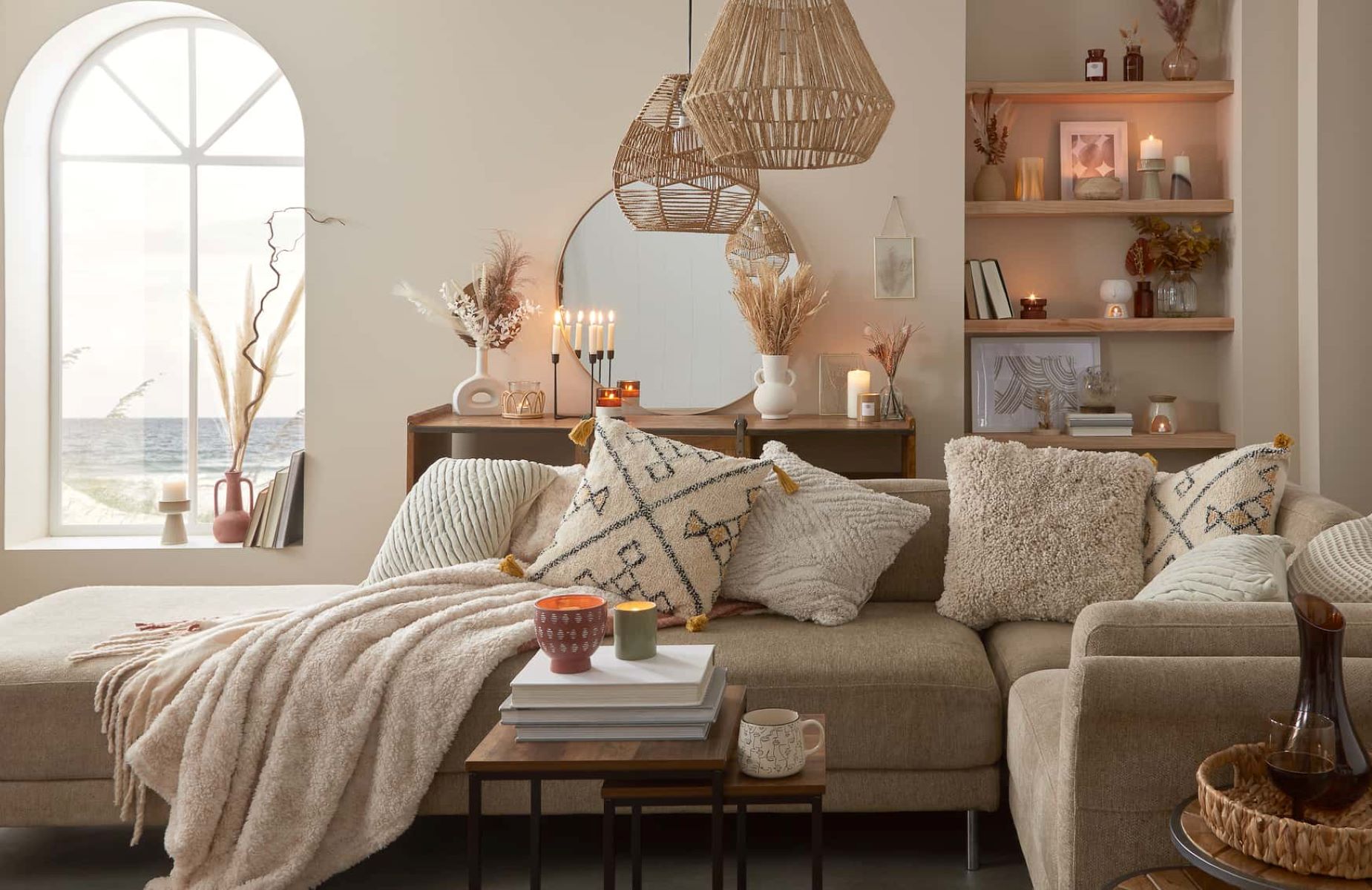
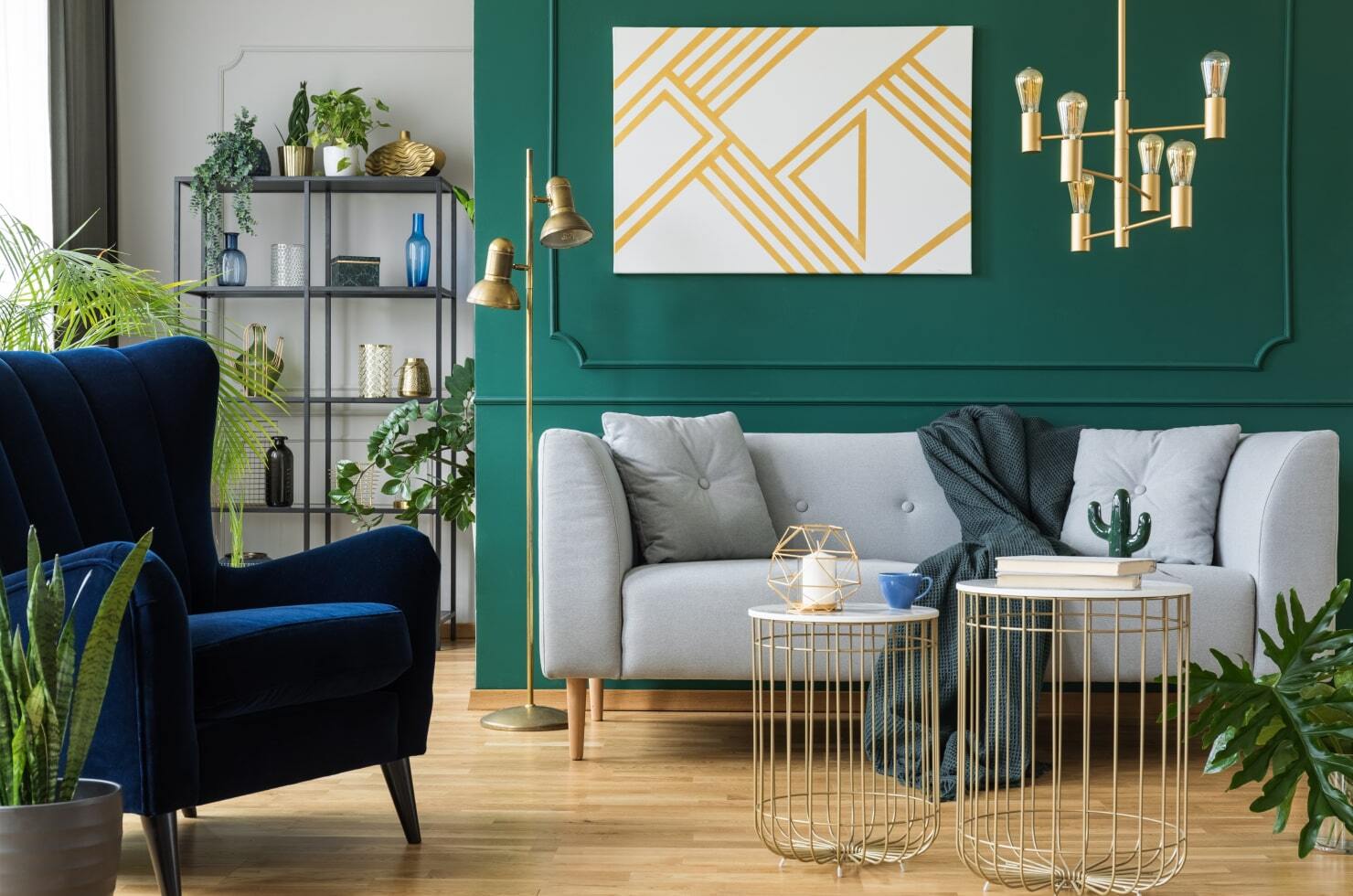
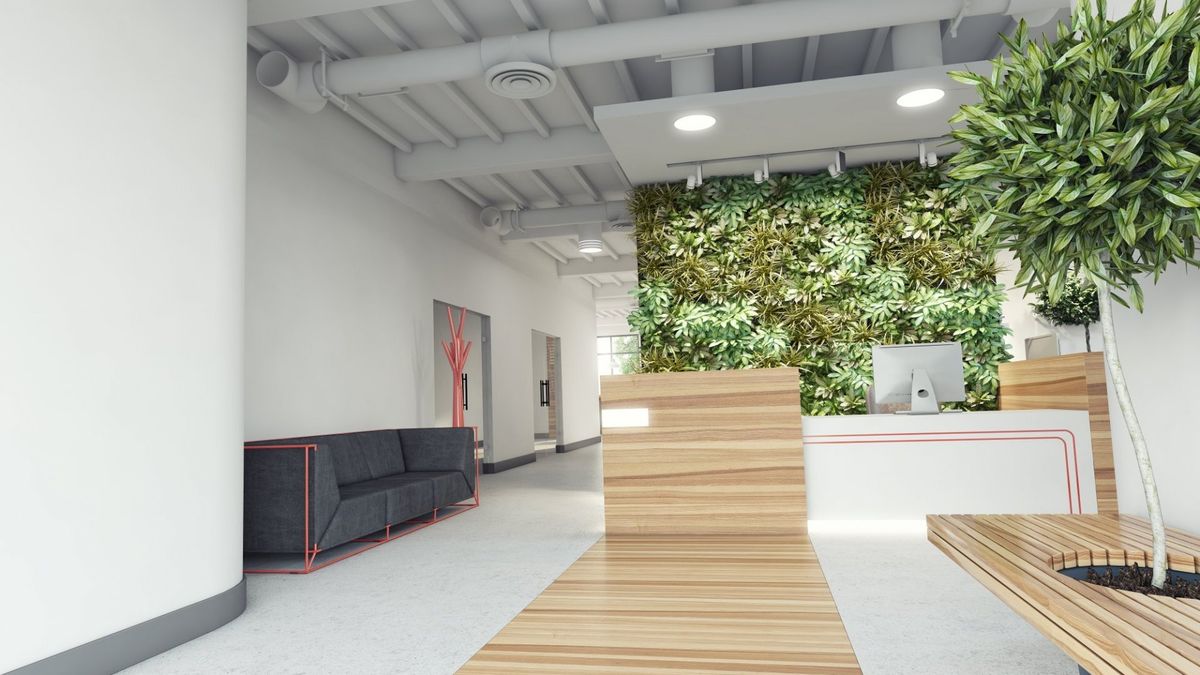
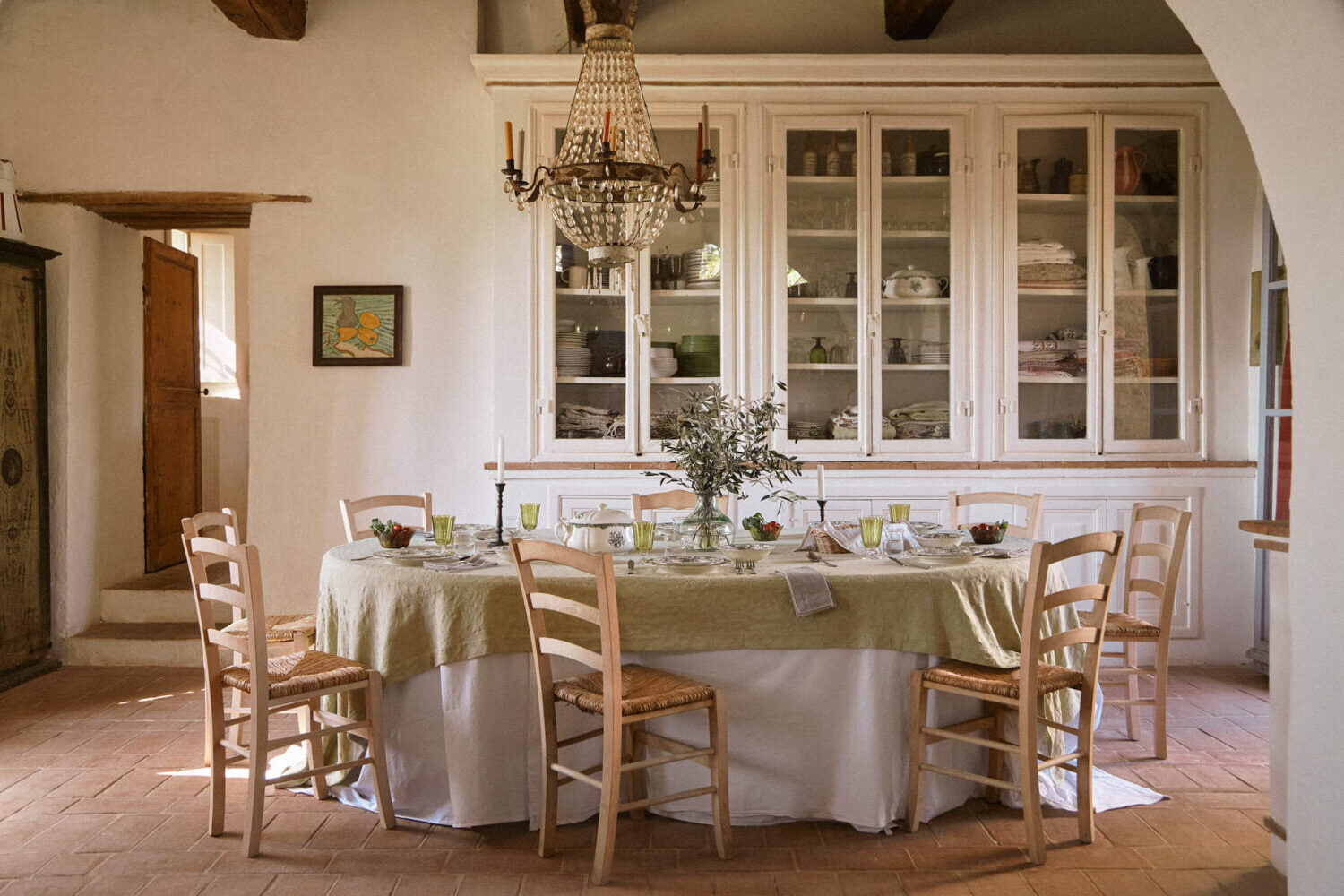
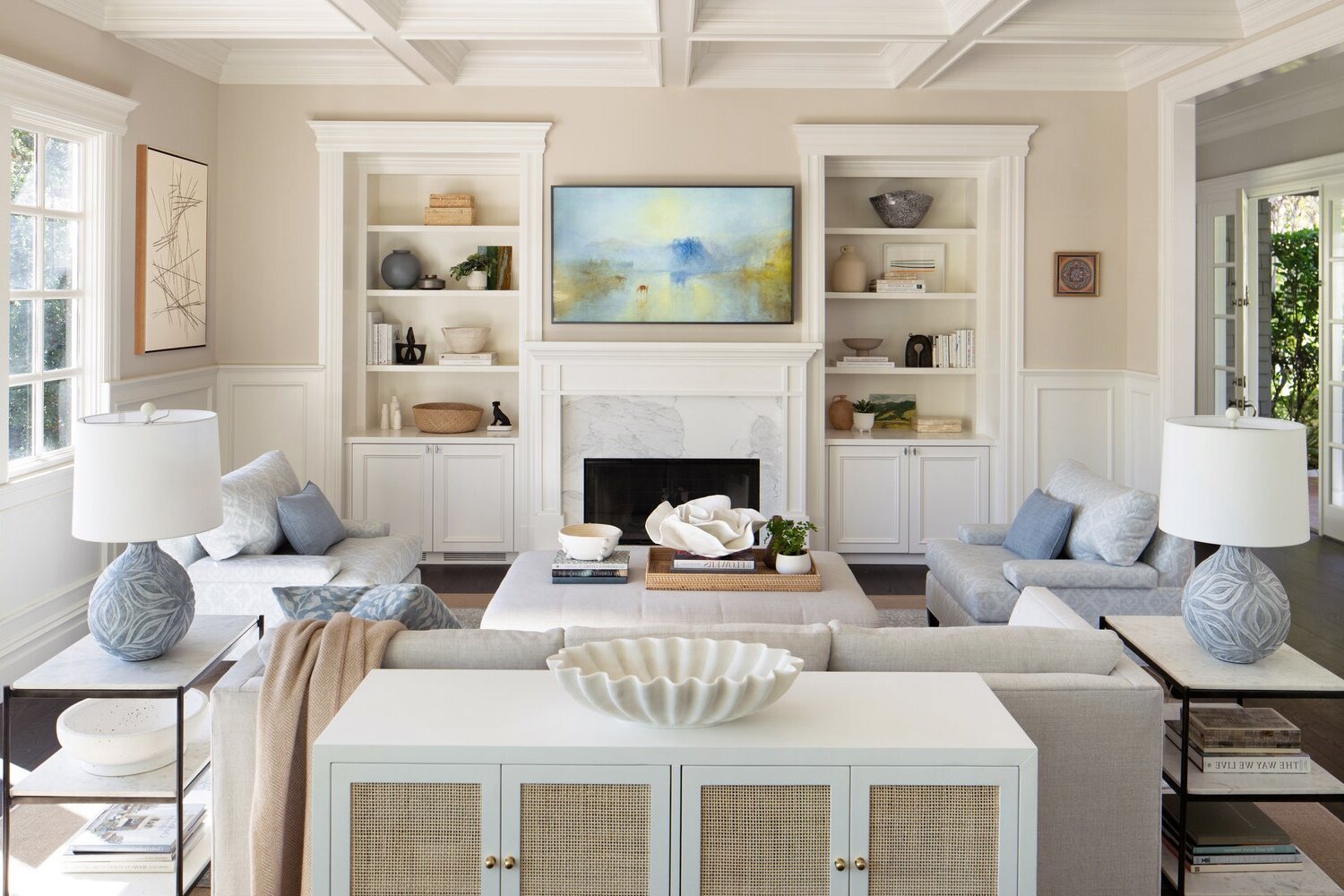
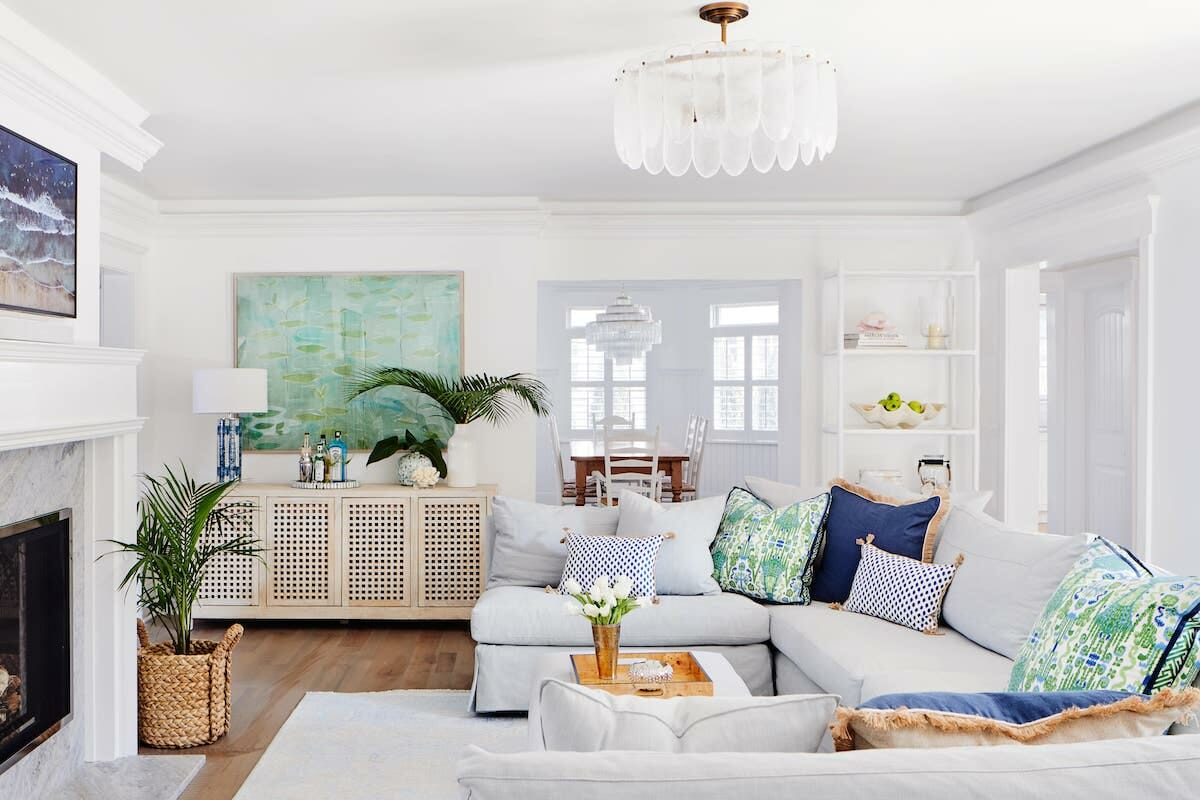
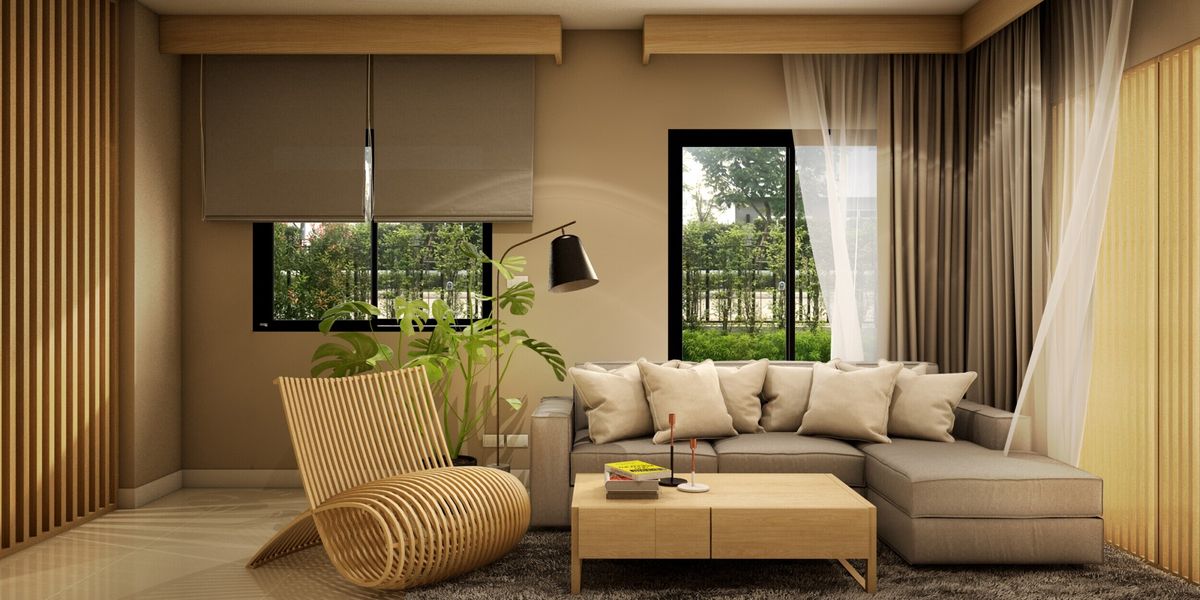
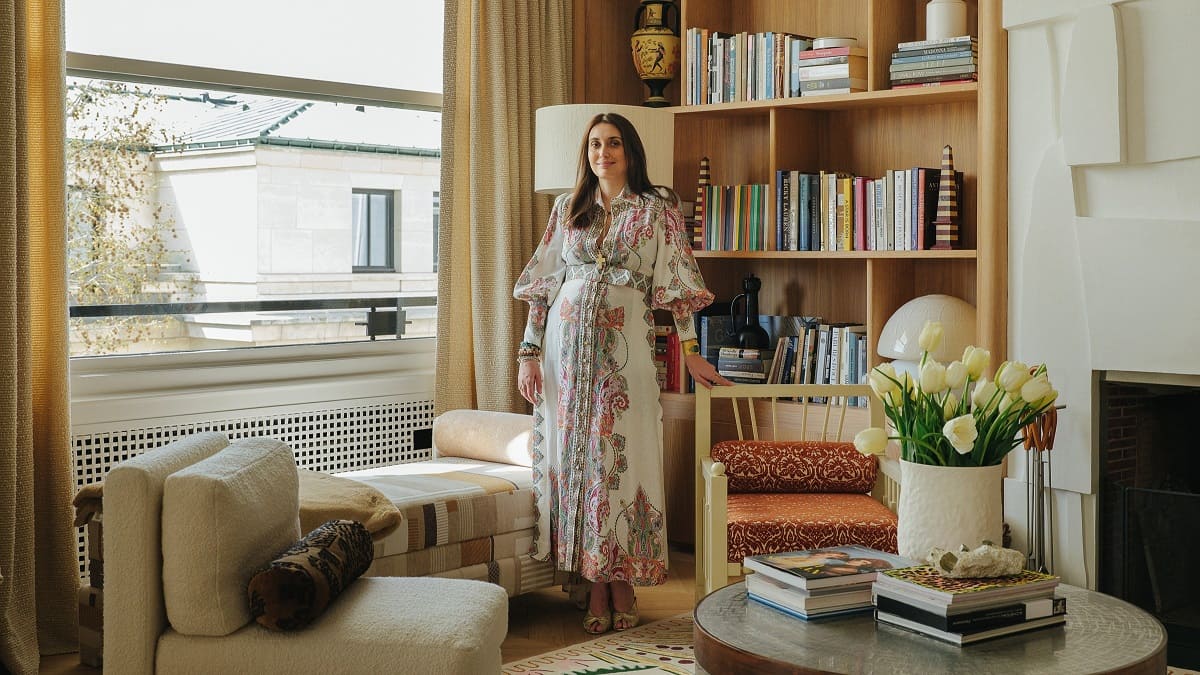
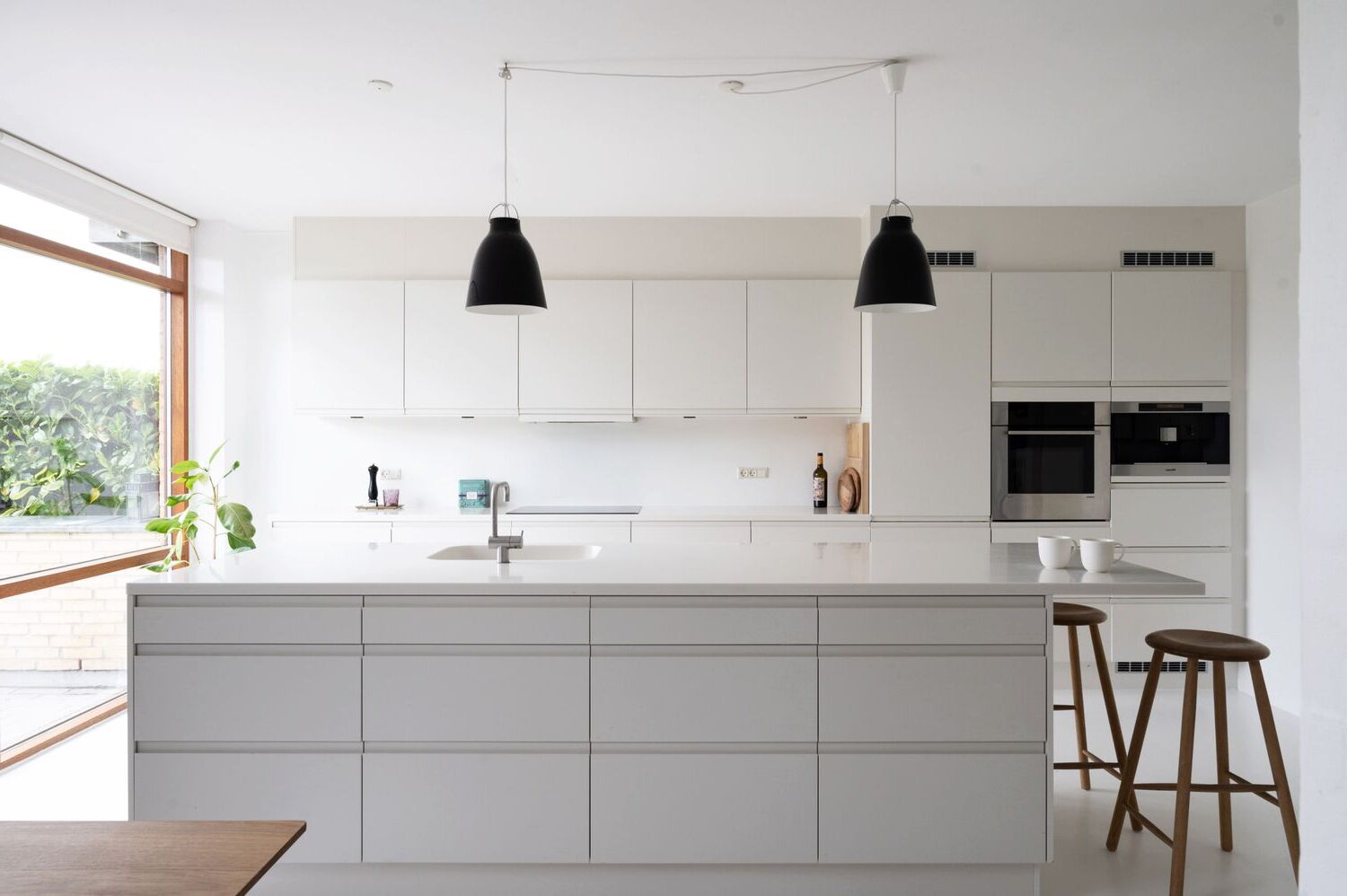

0 thoughts on “Biophilic Bliss: Nature-Inspired Interior Design”